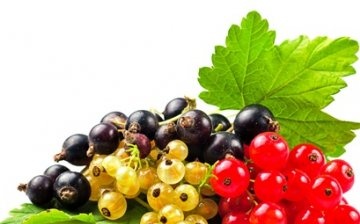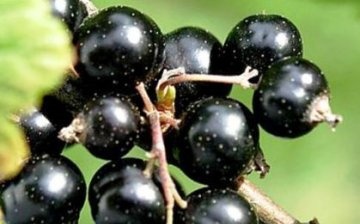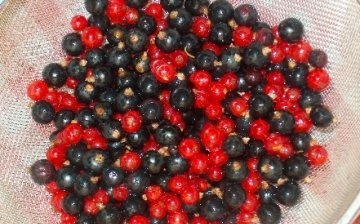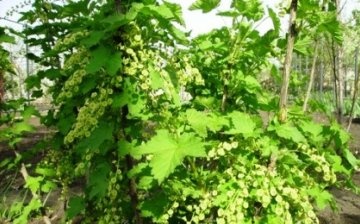Growing currants - simple, healthy, tasty
All berries growing in our gardens and front gardens are tasty and healthy. And they all look beautiful during fruiting, when large and not very berries are burning with lights among the bright green foliage. Currant is distinguished by a special variety of colors of such "beads". How to grow currants, which would give a rich vitamin harvest for a long time?
Types and varieties of currants
About currants, in comparison with some other garden berries, in ancient treatises began to be mentioned not so long ago. This garden plant became widespread on the territory of our country only in the 15th-17th centuries. At first, currants were considered a monastery berry. Then they began to grow it in manor estates. Now, currants of various varieties are an integral part of any garden plot. There are a lot of varieties of currants. But most often, amateur gardeners divide currants according to the color of the berries. So there are four main groups of species of this plant:
- Red currants
- Black currant
- Yellow currant
- White currant
Each such multi-colored group includes several dozen varieties of garden currants, which have their own qualities and properties - from the uniqueness of the color shade, taste and aroma of berries, as well as their size, to the shape and size of the berry cluster and the bush itself. Different varieties of currants differ from each other in terms of ripening, the ability to keep ripe berries on the plant. Each gardener chooses his favorite variety in order to then enjoy his green pet.
What is the use of currants?
The undoubted benefit of the berries of these shrubs primarily lies in the fact that they are very tasty. Depending on the variety, the berries have a pleasantly sweet, sweet with sourness, tart taste. Black currant berries have a special aroma - they smell like summer. But this is, let's say, a lyrical digression. But seriously speaking, currants have a wide range of useful properties. Firstly, in all parts of the currant, a huge amount of biologically active substances necessary for humans has been found. Moreover, all parts of the plant - berries, buds, leaves, bark, have useful properties, used in particular in medicine. The main advantage of all varieties of this berry is a huge amount of vitamins. So, for example, it is enough to eat only 50 grams of black currant berries a day in order to provide yourself with a daily intake of vitamin C. Berries of a different color, and therefore varieties, contain a slightly smaller amount of this vitamin. It is also possible to note the high content of these berries in vitamins of group B, as well as E and D. Also, many substances - antioxidants are found in currant berries, which makes the berries surprisingly useful in our environmentally unsafe time. Currant jams are included in the diet of astronauts to protect them from radiation and free radicals! The many minerals contained in all parts of the plant, currant, allows you to use it in the treatment of many diseases, ranging from colds and ending with inflammatory diseases of internal organs and systems. And to say that currants with their aroma and surprisingly varied taste will conquer anyone, it is no longer necessary to say. After all, even pickles-pickles cannot do without currant leaves at a zealous hostess.
How to grow currants?
In order for the currant bushes to please with a rich harvest for a sufficiently long period, several conditions must be observed both when planting bushes and in caring for a fruiting plant. Even the zoned varieties of currants will gratefully respond to sunlight and a sufficient amount of moisture. Therefore, what would be good for them during the entire period of life and fruiting in particular, you need to attend to even during the selection of a place for planting a young plant. Sunlight, abundant watering without stagnation of excess moisture - these are simple conditions for growing currants. When planting bushes, you should maintain a distance of 1-1.5 meters between them. The root collar of the bush can be deepened by 5-7 centimeters. Currants love soil rich in mineral fertilizers, therefore, when planting, superphosphate should be added under each bush - 150 grams, wood ash - 300 grams, humus or peat - 1 bucket, as well as limestone, the amount of which depends on whether the soil is acidic or not.
Currant care is also not difficult, it does not require any special measures. Everything is the same as with most horticultural crops - regular feeding, moderate watering, weed and pest control. Also, in caring for currant bushes, pruning of dry or diseased branches is needed. For the winter, currants in the first year must be sheltered from frost by digging the plant to a height of 10-12 centimeters and mulching the soil. This will allow the seedling, which is still not too strong, to overwinter successfully.
Like all living things, currants age over time, ceasing to give a full harvest. The period of its ability to please with an abundance of tasty and healthy berries does not last too long - 6-9 years. Then the bushes of this plant must be renewed.
Good luck!










